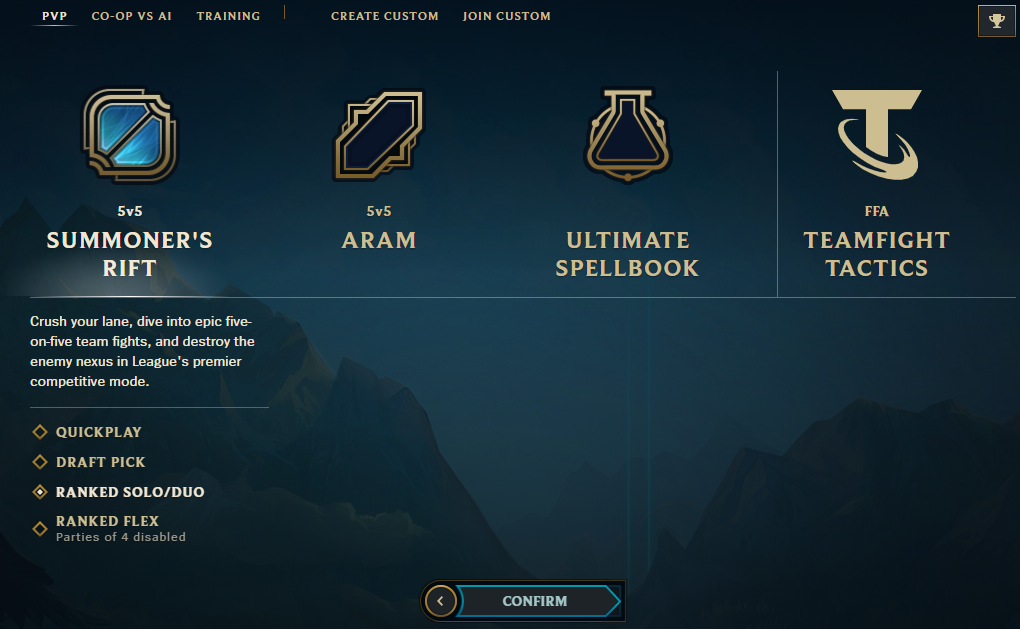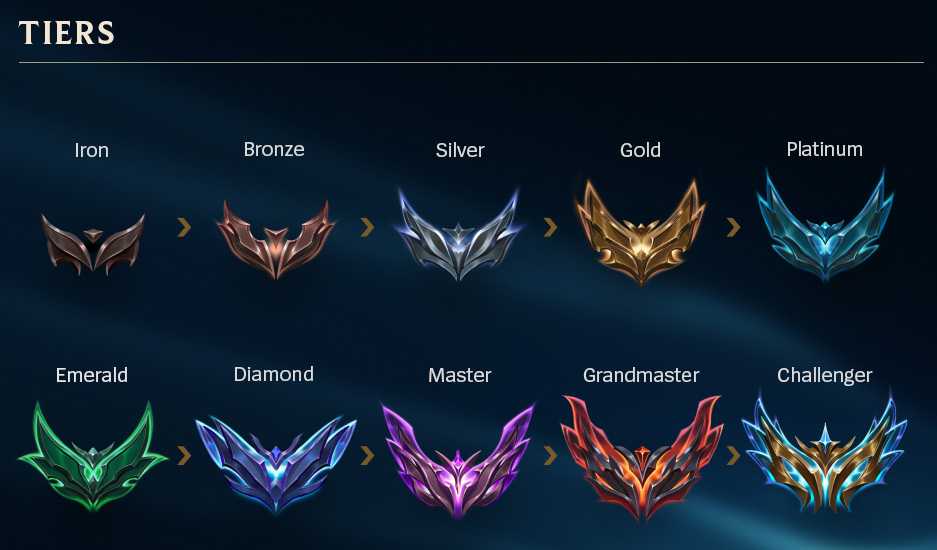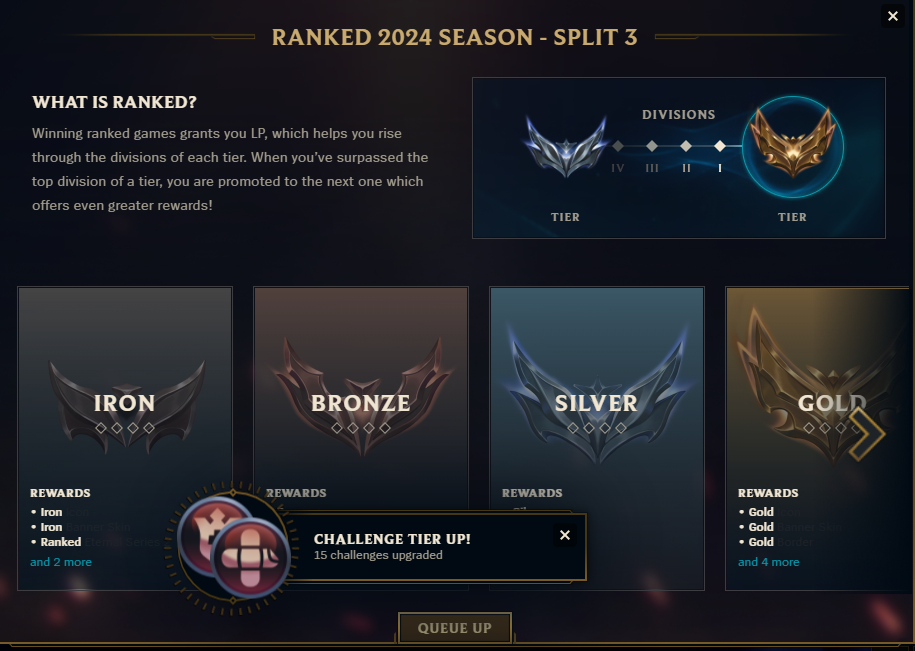LoL Ranking System Explained: A Beginner’s Guide (2024)
Ready to begin your ranked climb? We’ll explain everything you need to know about the LoL ranking system, from how your rank is calculated to the different Ranked rewards available
Ready to begin your ranked climb? We’ll explain everything you need to know about the LoL ranking system, from how your rank is calculated to the different Ranked rewards available
League of Legends is a MOBA renowned for its high skill cap, exhilarating gameplay, and lively esports scene. While the game has plenty to offer — and is undeniably downright addicting — it can be hard to wrap your head around the nitty-gritty details. One aspect of the game that many beginners struggle with is how the competitive ranking system works.
Today, we’ll explain everything you need to know about the LoL ranking system, from how your rank is calculated to the different ranked rewards available.
Ranked is a game mode where players of a similar skill level can compete against one another, allowing for more competitive (and even-sided) gameplay. Each match tests players’ abilities, awareness, and mechanics, serving as a true representation of their general skills.
There are two ranked queues in League of Legends: Solo/Duo and Flex. As the name suggests, Solo/Duo is where you queue up as a solo player or battle it out with a premade partner, while Flex is a team-oriented ranked mode where you can play with up to five party members.
Each queue also has a competitive ranked ladder, with players assigned to a category or “tier” based on their in-game performance.

You can only unlock these ranked game modes once you hit level 30. You will then need to play several placement matches — games that determine where you’ll start on the ranked ladder — before you’re assigned to a tier and can start your climb (more on this shortly).
League of Legends categorizes ranked players into 10 overarching tiers: Iron, Bronze, Silver, Gold, Platinum, Emerald, Diamond, Master, Grandmaster, and Challenger. Each tier also has multiple sub-tiers known as “divisions.”

(Source: Riot Games)
Every rank up until Diamond has four divisions. Once you hit Master, there is a slightly different ranked system to follow, though I won’t overwhelm you with this information. You can learn more about how climbing in high elo works here.
Iron is the lowest rank in the game and makes up around 7% of the player base, while Challenger is the highest rank and only consists of the top 0.02%. Most players sit at Bronze, Silver, Gold, or Platinum, with Emerald and above being considered high elo.
In short: Winning your games will give you League Points (LP) and increase your rank, while losing your games will incur an LP penalty and cause your rank to drop. To climb to the next ranked tier, you’ll need to progress through all the divisions of your current tier first.
Here’s where it gets a bit tricky. The amount of LP you gain or lose after a match is based on your MMR — a hidden statistic that takes into account several gameplay factors. While Riot hasn’t publicly released how MMR is calculated, factors like your win/loss ratio, kill participation, K/D/A, and vision score are thought to play a role.
As a beginner, you don’t need to focus on all these details. In general, winning games more frequently will allow you to climb the ranked ladder faster. And of course, the better your rank becomes, the stronger opponents you’ll be put up against.
If you want to find out what your current tier is, you can check your progress in the dedicated “Ranked” profile tab. Here’s how to find it:
League of Legends has annual ranked seasons that are divided into three splits. You’ll generally maintain your progress throughout the year, though there is a reset at the start of every split and new season.
After a reset, you’ll be classified as unranked. You’ll need to play placement matches again — the same as you did when you first began your ranked journey — before you can receive your starting tier position and freely continue your climb up (or down).
While some games make this a hard reset and destroy your mental, this isn’t the case for League. The game only delivers a soft blow to your ranked progress, and you’ll typically only drop a tier if you play your placement games well.
The exact dates of when each split starts and ends can vary every season, but you can expect the first split to begin in January, the second in May, and the third in September.
The current split started September 25th for reference.

Climbing the ranked ladder in League of Legends doesn’t just bring bragging rights with it; it also brings with it a whole lot of loot! As you progress on your ranked journey, you’ll earn special points (known as split points) and unlock various in-game rewards.
The exact type of loot you’ll unlock depends on your overall progress, but here are some of the rewards on offer:
LoL’s ranked system is complex, but we hope our article has cleared things up and given you a solid overview of the basics. Once you’re confident with the system, you can dive straight into Ranked Solo/Duo and begin your climb up the ladder.
If you need any help along the way, make sure to check out our dedicated League of Legends page. You’ll find plenty of in-depth guides to support you on your journey, no matter your rank or preferred role.